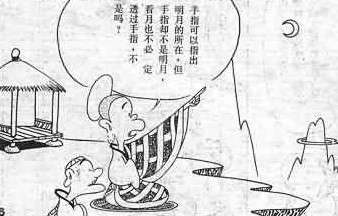AI is helpful in these philosophical discussions. So, I will start with that. But, AI is not that helpful in telling one how to technically fight.
ChatGPT:
Bruce Lee’s famous quote —
"I have no technique; my highest technique is to have no technique" — captures the essence of his martial philosophy, especially as it evolved into his personal art,
Jeet Kune Do.
What it Means:
This quote reflects the idea of
ultimate adaptability. Bruce Lee believed that rigid systems and fixed techniques could limit a fighter. Instead, a martial artist should be fluid, like water — able to
adapt instantly to the moment, the opponent, and the environment. Here's a breakdown:
- "No technique" doesn’t mean you’re untrained — it means you're not bound by any one style or method.
- He advocated for formlessness, drawing from Taoist philosophy — like “Be water, my friend.”
- By having "no technique," you are free to use whatever works, regardless of its origin — boxing, fencing, kung fu, jiu-jitsu, etc.
In Practice:
In combat, having no technique means:
- You are not predictable.
- You can flow from one move or range to another seamlessly.
- You’re not confined to the “rules” or dogmas of one martial art.
Philosophical Core of Jeet Kune Do:
That statement, along with “having no technique,” was Lee’s way of rejecting tradition for tradition’s sake. He urged martial artists to think critically, test everything, and keep only what’s effective for
the individual.

